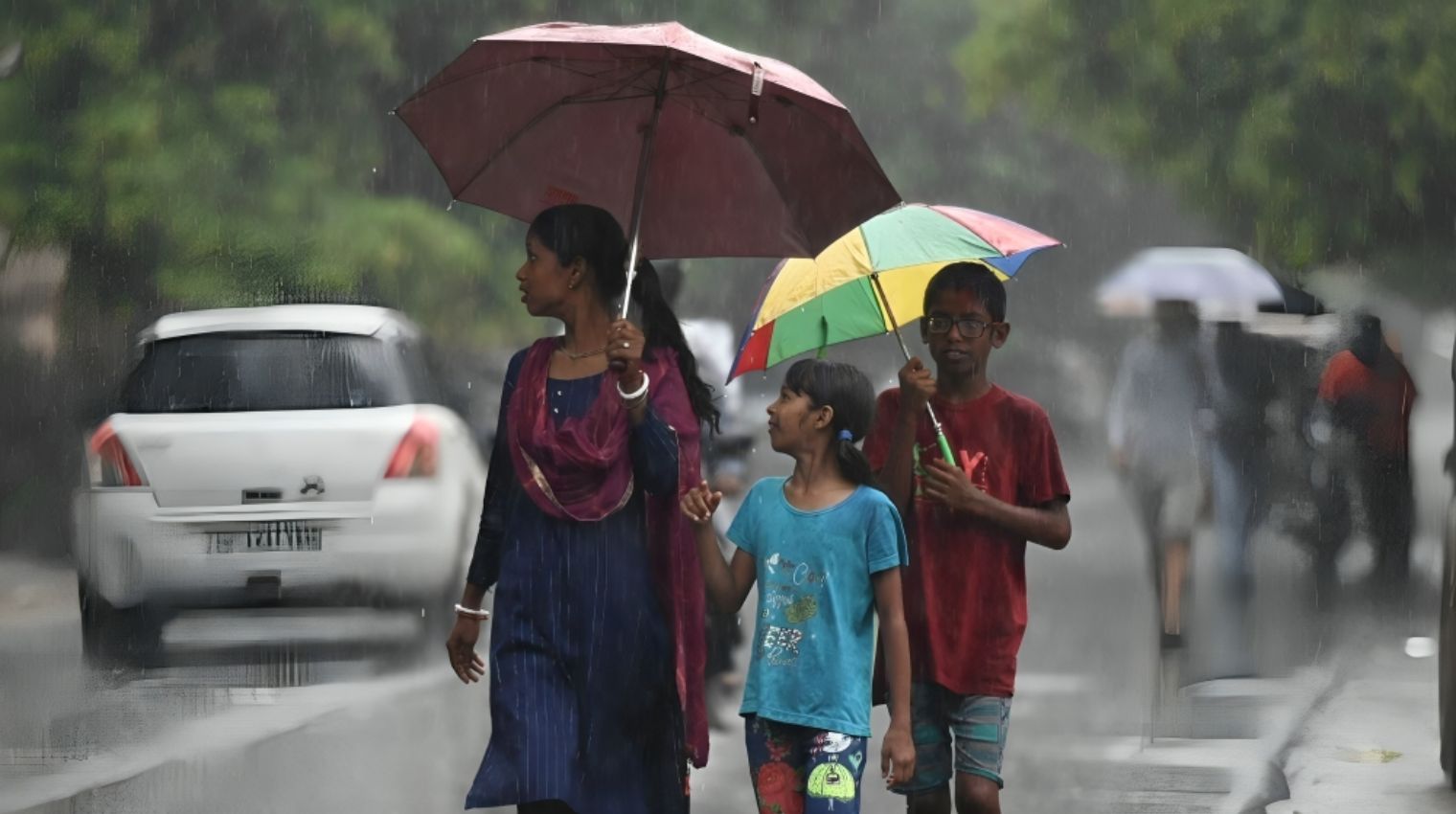Friday’s air quality in Delhi was the cleanest of the year, following September’s record rainfall. With an Air Quality Index (AQI) of 52, the nation’s capital hovered between the “good” and “satisfactory” designations.
The 24-hour average AQI in Faridabad was 24. Closely behind, with AQIs of 34 and 46, respectively, all falling within the “good” range, were Ghaziabad and Noida.
In the meantime, the AQIs for Gurugram, Bulandshahr, Meerut, and Muzaffarnagar were 69, 21, 28, and 29 respectively.
Depression activity and the active monsoon trough, which produced heavy rainfall to the whole Delhi NCR region, are both responsible for this notable improvement.
Pollutants were efficiently carried away by the rain, and the 30 to 40 kmph wind that accompanied the storm helped spread any leftover toxins.
Early in September, Delhi saw rainfall that was above both its seasonal and yearly averages, surpassing 1,000 mm in total.
The meteorological station at Safdarjung recorded 30.9 mm of rain in three hours on Friday, from 2.30 to 5.30 pm, while Delhi recorded 54 mm in Palam, according to PTI.
According to government data, Delhi’s monthly average rainfall for September was 125.8 mm, which is 55% more than usual.
In September 2023, there was only 82.7 mm of reported rainfall, which is 33% less than usual.
Rainfall classified as “heavy” when it falls between 64.5 and 115.5 mm, “very heavy” when it falls between 115.6 and 204.4 mm, and “extremely heavy” when it falls over 204.5 mm.
According to the AQI scale, air quality can be classified as “good” (0-50) or “severe” (401-500), with “satisfactory” (51-100) denoting little to no risk.


Leave a Reply